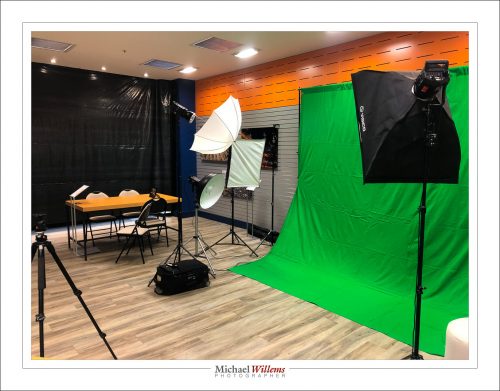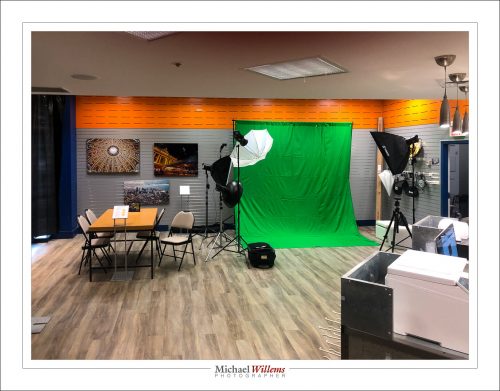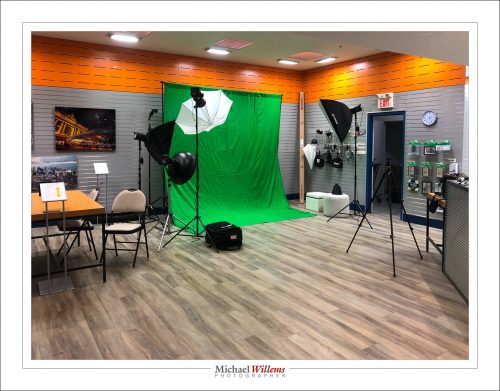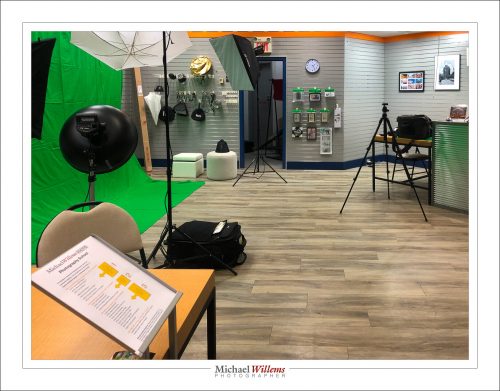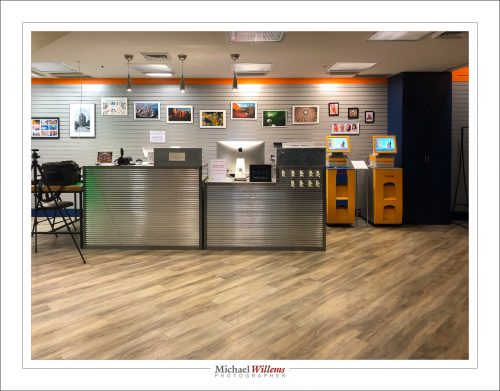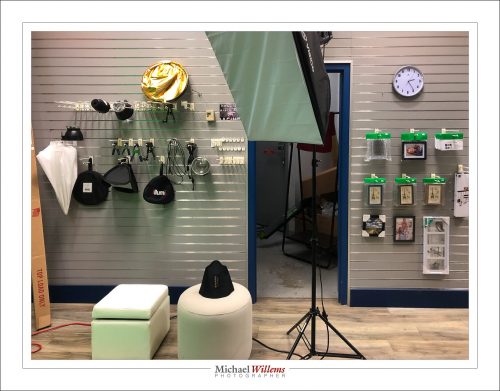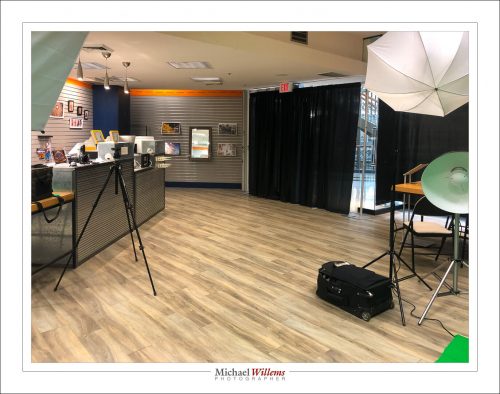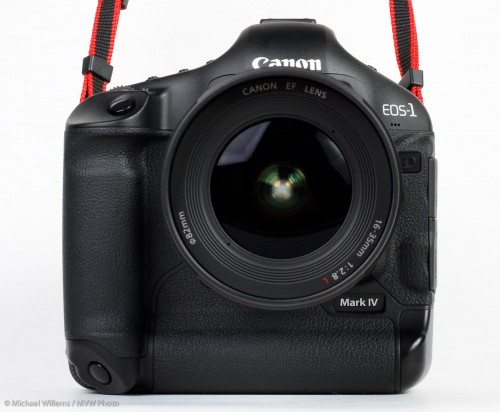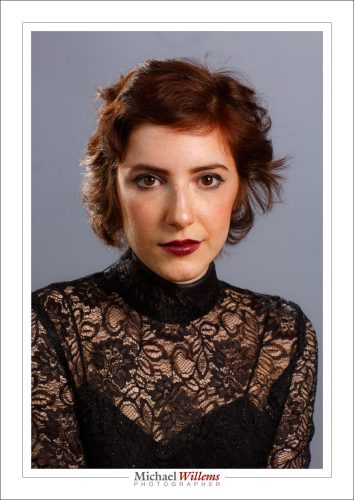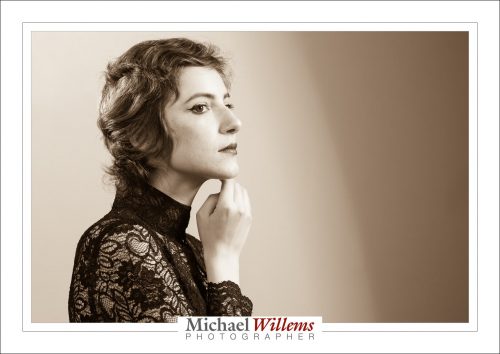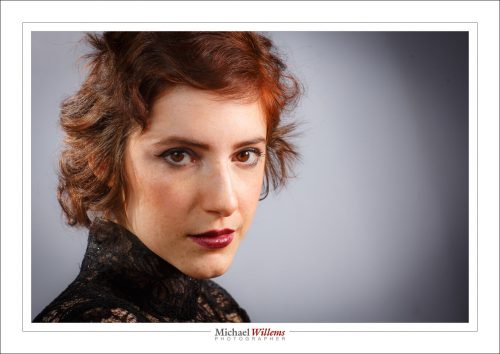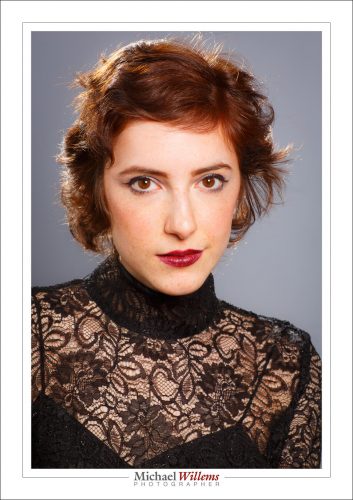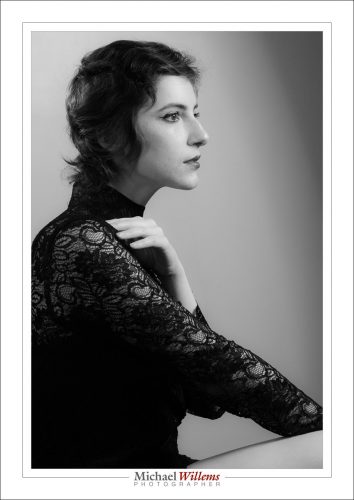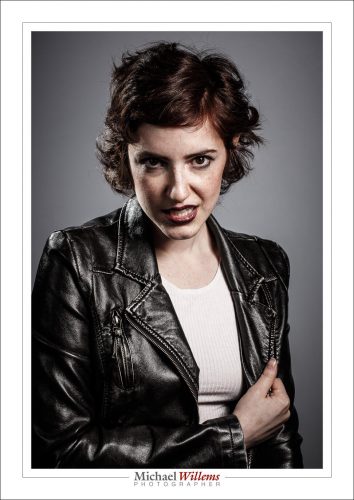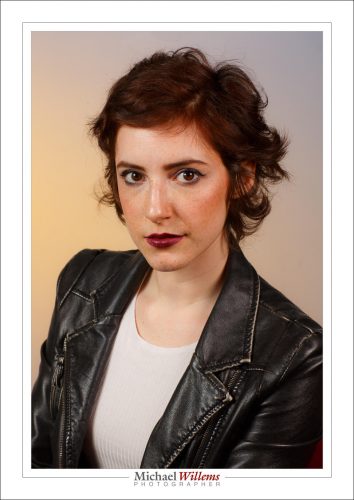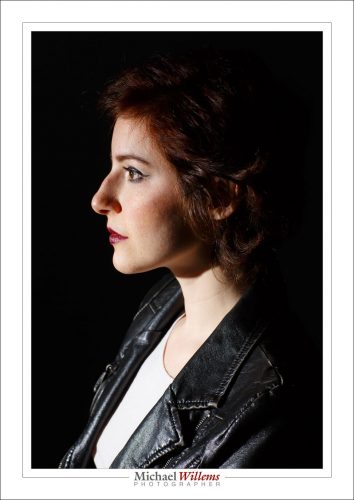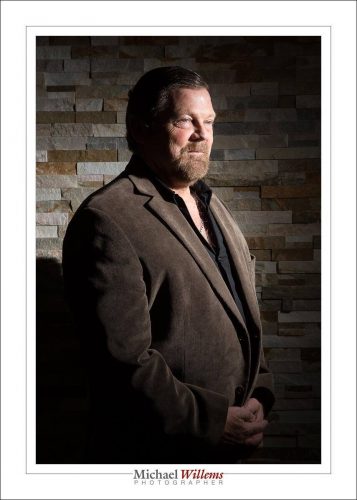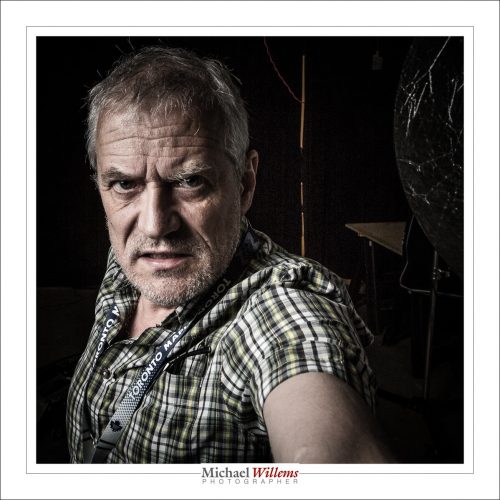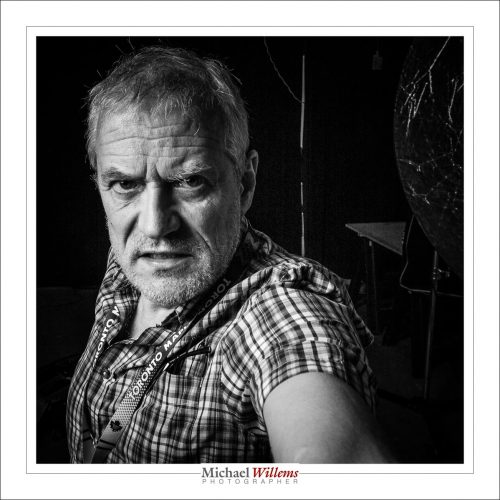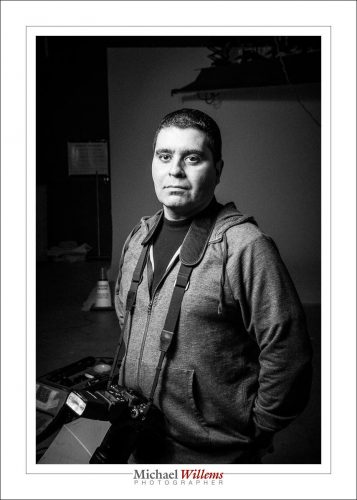Now that we are on the subject of corporations… we live in interesting times. What I see around me is corporations making poor decisions, based mainly, from what I observe, on their need to report greater profits every quarter.
We have Adobe being predatory (see last article, below), and we now have Apple completely losing its direction. Apple updates used to be exciting. Now, they are just messy. Minor updates fort major money. And I have no idea what all the iPhone versions are. 7, 8, 10, XR, XL, XS, whatever. I can’t even remember them. And the equipment lasts a year, maybe two, before the battery dies. Inbuilt obsolescence. And the Mac, which used to be the mainstay of Apple, is now an afterthought.
This mess is there only to make profits: not to make sense, let alone to make our lives better. For all his obvious faults, Steve Jobs would have never allowed this.
Corporations forget that you should never disrespect your customers. Seeing customers as mere cash cows, as Apple and Adobe clearly do, opens the field for competition. There will be Lightroom competitors. And there will be Apple competitors (Huawei was coming on strong: perhaps that’s why Mr Trump is trying to kill them. But it will not work.)
And in our field, Canon is doing the same. The drive to “mirrorless”, a fashionable but not yet very useful phenomenon, is designed mainly, I think, to make us all buy thousands of dollars’ worth of new equipment. New cameras, while the “old” ones work perfectly well. New lenses, which are more expensive than the “old”lenses. New accessories (as mentioned before, some of the new cameras have a non-standard flash hotshoe so you have to buy new flashes and can’t use standard radio triggers.
I was all ready to promote Canon in my new shop (www.michaelwillemsphoto.ca) but it seems that Canon want a large investment (think tens of thousands) before they will talk.
Well, corporations: we are paying attention. You are risking a Bastille day; a day when we all revolt and “en masse” jump ship to whatever competition there is. That’s how markets work: they are not all about extricating more cash from your customers every quarter. And it behooves you to remember it.
Meanwhile, my search for alternatives goes on. Interesting times.

